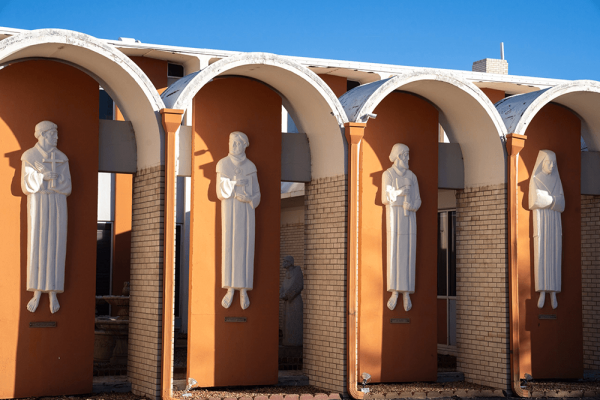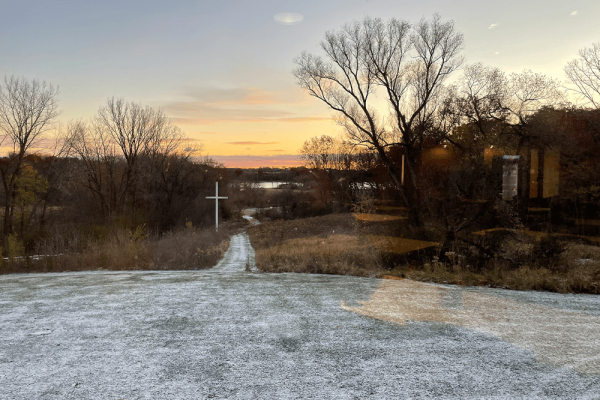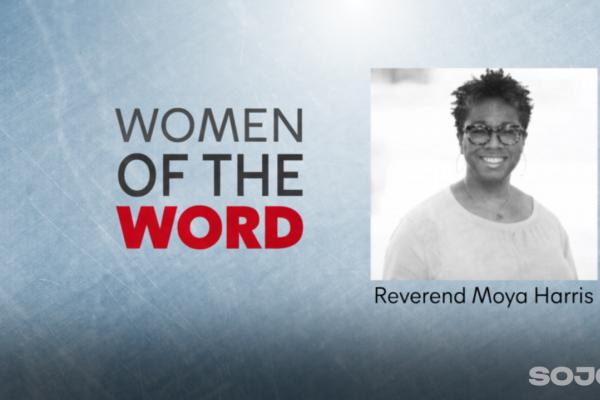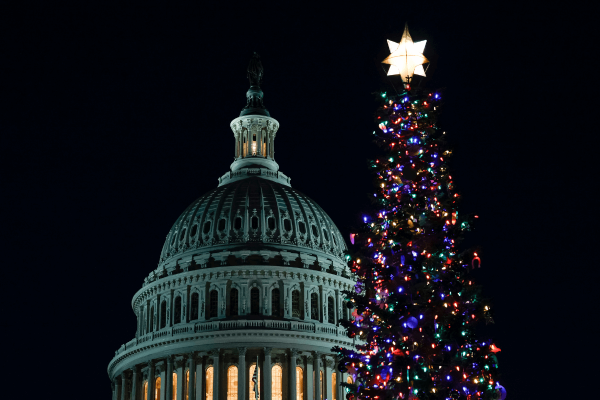Across the U.S., 40 dioceses and religious orders have declared bankruptcy. The first was the Archdiocese of Portland, Oregon, in 2004. The most recent was the Diocese of Burlington, Vermont, in late September 2024. The cases vary, but they have one thing in common: The day the diocese filed its petition for bankruptcy is a new benchmark — no one is allowed to file claims against the church for abuses that happened before that date, even if a given state retroactively extends the statute of limitations.
“It divides the universe, the world of time, into the pre-petition period and the post-petition period,” said Marie Reilly, a law professor at Penn State who specializes in bankruptcy law and has published extensive research on the Catholic church’s bankruptcy cases. “The petition date marks the last day on which a person could have had a claim and be subject to the bankruptcy proceeding. For people who are being injured now, the bankruptcy case is irrelevant.”
When a bankruptcy case closes isn’t entirely up to the judge. To come out of bankruptcy, an institution, like the Archdiocese of Santa Fe, needs to propose a reorganization plan to get back on steady financial footing — and the plan needs to be approved by the majority of the case’s “creditors.” For the Archdiocese of Santa Fe, the reorganization plan spelled out the $121.5 million in settlements to about 400 sex abuse survivors, the creation of the UNM archive and a settlement fund meant to cover future claims of sex abuse. The plan, a 65-page document filed in federal court, went into effect in early 2023.
To some, settling in bankruptcy can work out in survivors’ favor more than if they retained individual attorneys and filed sex abuse lawsuits against a diocese. Often, these creditors do not need to pay their lawyers. And the debtor cannot finalize its reorganization plan and close the case unless a majority of creditors vote to approve the plan, which can incentivize a diocese to not offer a lowball settlement.
“The debtor really has no realistic chance of confirming the plan if they can’t get the support of the majority of creditors,” Reilly said. “And a lot of claimants will say, ‘I don’t want a public trial. I don’t want to make this the centerpiece of my life.’”
That’s not to say that declaring bankruptcy has become an end-all strategy for the Catholic church. Some archdioceses, like the Archdiocese of Los Angeles, have continued to settle cases in batches. Most recently, the L.A. archdiocese agreed to settle claims with more than 1,300 abuse survivors for $880 million. Past settlements add up to $740 million, pushing the archdiocese’s total to more than $1.5 billion.
That’s part of the calculus of deciding whether to declare bankruptcy: Should the organization potentially pay a high cost to settle dozens or hundreds of abuse cases all at once, and block additional ones from the past from being litigated, or should it face case after case for an indefinite period? Although the cases in L.A. have dragged on for years and resulted in more than $1 billion in settlements, the very word “bankruptcy” can be “a debilitating distraction from mission, especially for organizations fueled by donors,” Reilly said.
This article first appeared on Searchlight New Mexico and is republished here under a Creative Commons license. Searchlight New Mexico is a nonprofit, nonpartisan media organization that seeks to empower New Mexicans to demand honest and effective public policy![]()
Got something to say about what you're reading? We value your feedback!






